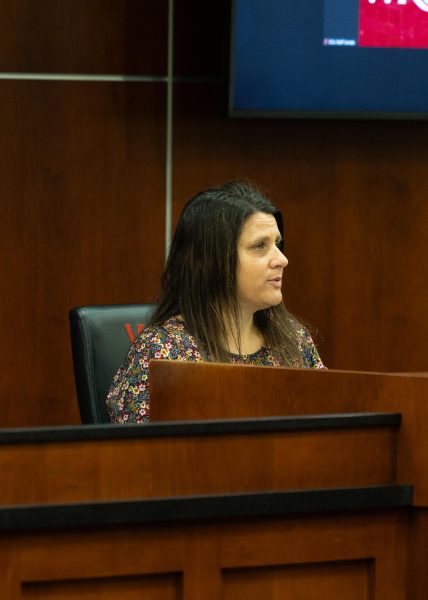Retention is the focus of spring enrollment
April 5, 2011
Although WKU’s enrollment was up by 34 students this spring as compared to spring 2010, President Gary Ransdell insists the number could be higher by retaining more students.
Ransdell said 25 percent of the university’s income comes from students, and those students who don’t return after just one or two years bring about financial implications.
“If that number was just 800 — think of it financially — that’s millions of dollars back in the budget,” he said at last week’s Board of Regents Academic Affairs committee meeting.
As of March 21, 19,490 total students are enrolled in courses at WKU, according to the Board of Regents committee’s agenda.
This number, up only 34 from last year, has increased from spring to spring for several years now, Registrar Frieda Eggleton said. Compared to spring 2005, more than 2,000 additional students are enrolled.
While enrollment numbers have continued to grow, retention issues have raised the eyebrows of WKU administrators, said Gordon Emslie, provost and vice president for Academic Affairs.
On average, Emslie said more than 1,000 sophomores don’t return for their junior year.
Ransdell said the decline in retention rates is a huge public policy issue that needs to be addressed.
There are monetary incentives for the university to curb the rate, but Ransdell said WKU also has a civic responsibility.
“Dollars aside, it’s the right thing to do,” Ransdell said.
With a total of 20,903 students enrolled during the fall 2010 semester, WKU experienced close to 1 percent growth in a year.
Over the last 10 years, WKU has seen an almost 35 percent increase in total enrollment.
In January, Ann Mead, vice president for Finance and Administration, said that when spring enrollment numbers initially come in, they are always drastically lower than the fall before.
“For several years I would panic when I looked at the spring receipts and think, ‘Oh my gosh, oh my gosh. We’re going to have to have a mid-year budget cut,’” Mead said.
She said the discrepancy between fall and spring numbers begins to go down once more students start trickling in, with many even enrolling the day before spring classes begin.
But Mead said the numbers never exceed fall enrollment, attributing the decreased enrollment from fall to spring to graduates and transfers.























